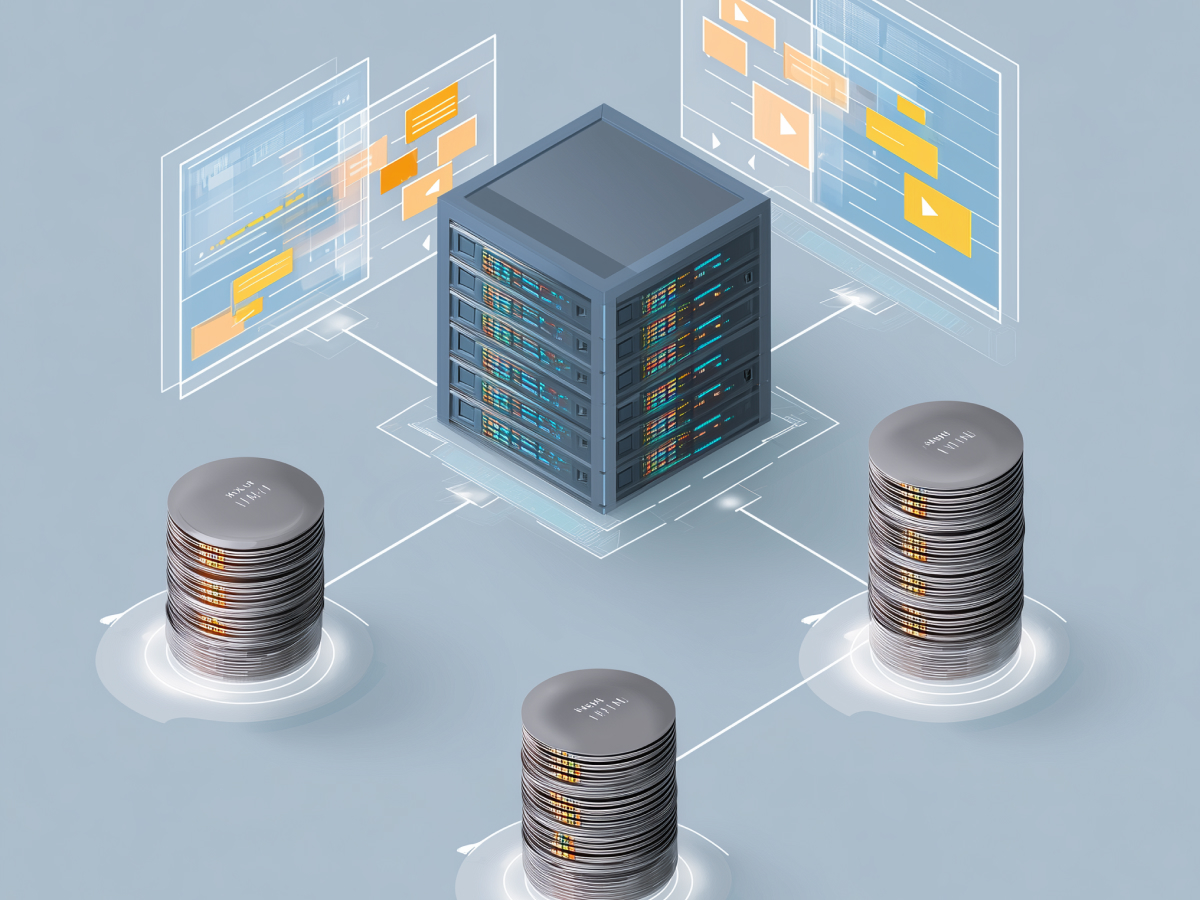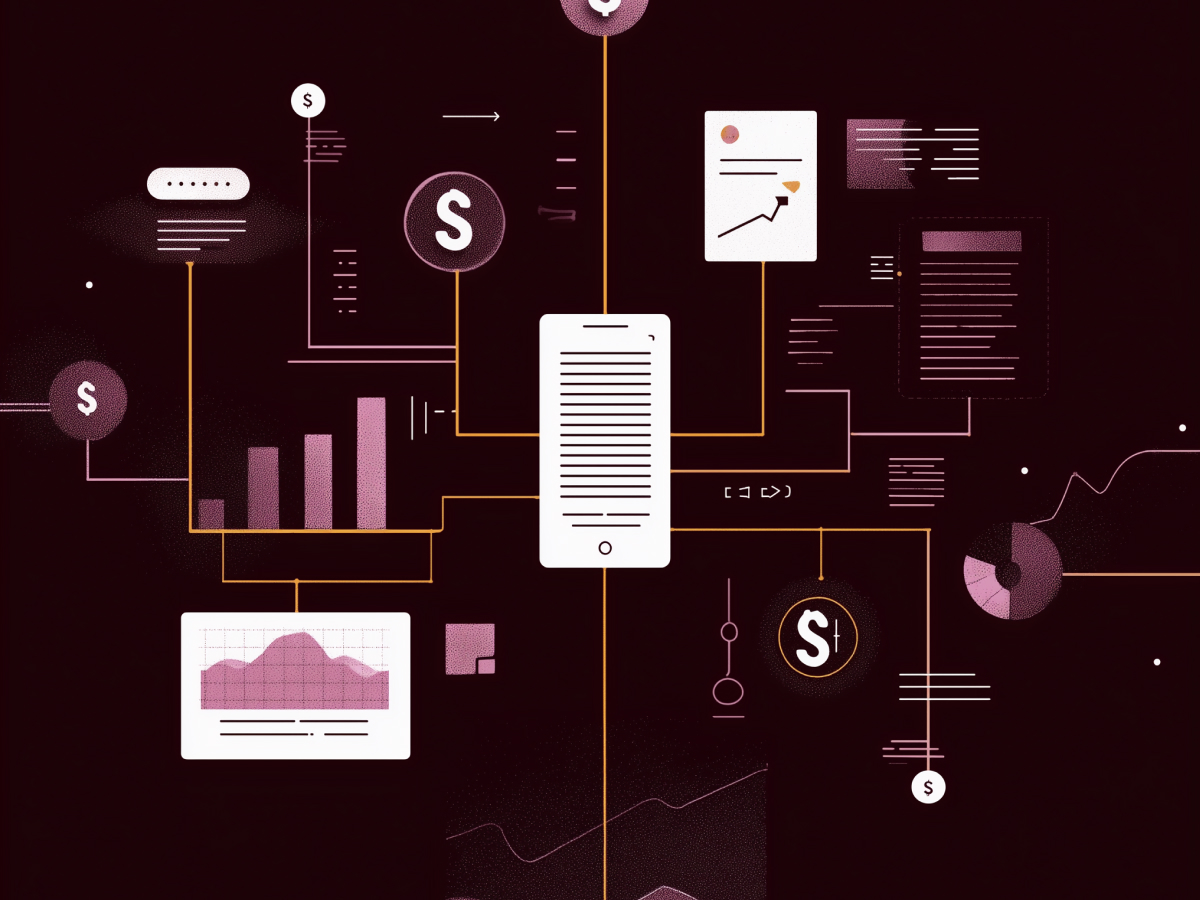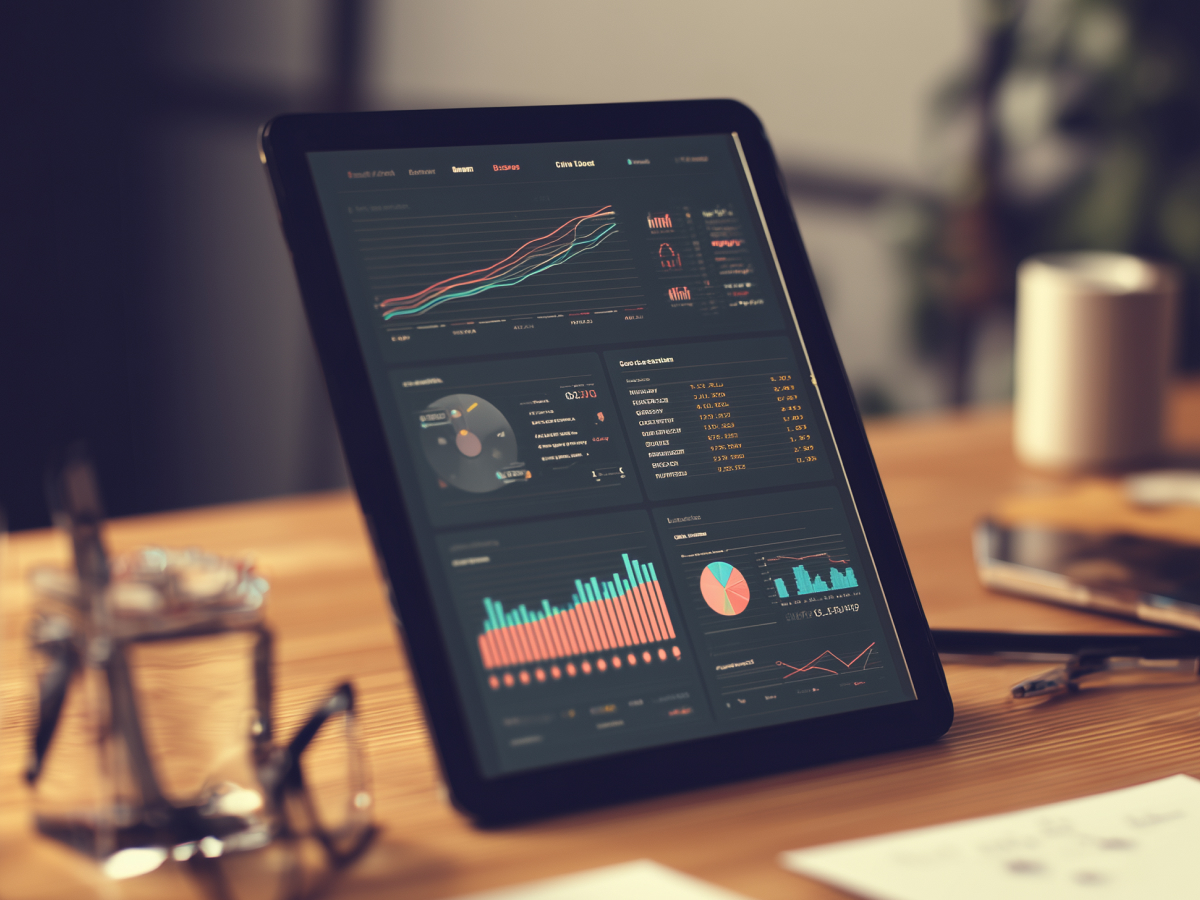The digital advertising sector is currently facing a conundrum. On one hand, the potential for high conversion rates presents a lucrative opportunity for businesses aiming to capitalize on online sales.
On the other hand, the cost per acquisition (CPA) for these high conversion rates is often substantial, posing a significant challenge for marketers who need to manage their budgets carefully—demanding a strategic approach to balance spending and returns.
Brands are compelled to navigate a marketplace where ad costs are increasing, but conversion rates do not necessarily follow the same upward trajectory.
According to recent data from SellerApp, sectors with the highest conversion rates often see correspondingly high CPAs, complicating the cost-benefit analysis for marketers. The challenge becomes more acute when considering the broad trend: ad costs have risen sharply in recent years, yet conversion rates have shown only modest improvement, if at all.
High conversion rates and high CPAs
Sectors with high conversion rates frequently experience high CPAs, creating a complex environment for marketers.
The electronics sector boasts a conversion rate of 6.2%, the highest among tracked sectors in Q1 2024; this success comes at a steep CPA of $76. Similarly, the clothing, shoes, and jewelry sector enjoys a conversion rate of 5.5% but incurs a CPA of $66. Grocery and gourmet food sectors also follow this trend, with a conversion rate of 4.94% and a CPA of $53.
High CPAs can deter cost-conscious marketers, making it imperative to justify the expenditure through careful ROI calculations.
Competitive markets exacerbate this trend, where failing to advertise aggressively could result in losing ground to rivals. In sectors like electronics and gourmet foods, the high cost of advertising is offset by the ability to convert at a higher rate, making the expense more palatable due to the potential for higher revenue.
Conversion rates and CPAs by sector
Electronics
The electronics sector leads with a conversion rate of 6.2%, indicating strong consumer interest and successful targeting, yet, the CPA of $76 is one of the highest, reflecting intense competition and the high value of customer acquisitions in this market.
Brands must carefully balance advertising spend against the high returns from successful conversions, often using advanced targeting and personalized marketing to maximize efficiency.
Clothing, shoes, and jewelry
Fashion sectors show a conversion rate of 5.5% with a CPA of $66. High conversion rates suggest effective engagement strategies and strong consumer demand.
The considerable CPA underscores the cost associated with capturing these sales, necessitating precise ad placements and compelling creative content to ensure that advertising dollars are well spent.
Grocery and gourmet food
With a conversion rate of 4.94% and a CPA of $53, the grocery and gourmet food sector demonstrates that even everyday items can command high advertising costs.
A relatively lower CPA compared to electronics and clothing sectors still demands a strategic approach to ad spend, focusing on targeting consumers at the right time and with the right offers to drive conversions.
Automotive
The automotive sector faces the highest CPA at $78, paired with a low conversion rate of 1.4%.
A combination like this indicates substantial challenges in converting interest into sales, likely due to the high-ticket nature of automotive purchases.
Brands in this sector may need to invest in more engaging content, such as interactive ads and virtual tours, to better capture consumer interest and drive higher conversions.
Implications for brands
High conversion rates in these sectors can justify the steep CPAs, as the potential return on investment (ROI) remains attractive. Effective strategies in these sectors often include highly targeted advertising, personalized marketing campaigns, and comprehensive retargeting efforts to make sure that the high cost of acquiring a customer is offset by the revenue generated from conversions.
Brands in sectors like electronics and gourmet foods face the dual challenge of high competition and high advertising costs.
In contrast, sectors such as automotive and home and kitchen experience low conversion rates despite high CPAs, which is particularly problematic as it indicates that current advertising efforts are not yielding sufficient returns.
Brands in these sectors must critically assess their advertising strategies and explore ways to improve conversion rates, often involving simplifying the purchase process, offering flexible payment options, and investing in SEO to increase organic traffic.
To complement this, experimenting with A/B testing to refine audience targeting and ad creatives can help identify more effective approaches to boost conversions.
Four strategies for improvement
1. Simplifying the checkout process
Simplifying the checkout process is an effective way to reduce friction and boost conversion rates.
A smooth checkout can address common barriers to purchase, such as complicated forms, excessive steps, and lack of guest checkout options. Studies show that a lengthy checkout process is a top reason for cart abandonment.
Minimizing the number of fields and steps and offering autofill options means brands can make it easier for customers to complete their purchases.
Offering a guest checkout option is also key. Research indicates that forced account creation can lead to a 23% cart abandonment rate.
Simplifying checkout can also involve integrating popular payment methods, displaying progress indicators, and providing clear, upfront information about shipping costs and delivery times.
Implementing these changes lets brands significantly improve the user experience, reducing drop-offs and improving conversion rates.
2. Offering flexible payment options
Flexible payment options cater to the diverse financial needs and preferences of consumers, thereby increasing conversion rates.
Providing multiple payment methods, such as credit cards, PayPal, and mobile payment options, can cater to a broader audience. Offering buy now, pay later (BNPL) options can also attract customers who may be hesitant to make a large upfront payment.
BNPL services, like Klarna and Afterpay, have gained popularity, especially among younger consumers.
Delayed payment services allow customers to split their payments into interest-free installments, making higher-priced items more accessible. According to a report by The Ascent, 36% of U.S. consumers have used a BNPL service. Implementing such flexible payment solutions can reduce cart abandonment rates and increase the likelihood of purchase completion, directly improving conversion metrics.
3. Conducting A/B audience testing
A/B testing is a powerful tool for optimizing digital marketing strategies by comparing two versions of a webpage or ad to see which performs better.
Conducting A/B tests means brands can identify the most effective strategies for improving conversions, which involves testing different elements, such as headlines, images, calls to action, and overall design, to determine what resonates most with the target audience.
A brand might test two different ad creatives to see which generates more clicks and conversions.
Another test could involve changing the color of a call-to-action button or the layout of a landing page. Insights gained from A/B testing can guide data-driven decisions, helping brands fine-tune their marketing efforts to maximize effectiveness and ROI.
An iterative process of testing and optimization is key for staying competitive and responsive to consumer preferences.
4. Optimizing for SEO
Search engine optimization (SEO) is key to improve visibility and attract potential customers.
When optimizing their websites for search engines, brands can drive organic traffic and increase conversion rates. Effective SEO involves several key components: keyword research, on-page optimization, technical SEO, and high-quality content creation.
Keyword research helps identify the terms and phrases potential customers use when searching for products or services.
On-page optimization makes sure that these keywords are strategically placed in titles, meta descriptions, and content. Technical SEO focuses on improving site speed, mobile-friendliness, and overall user experience, all of which impact search engine rankings.
Creating high-quality, relevant content that addresses the needs and interests of the target audience can attract and engage visitors.
Regularly updating this content and earning backlinks from reputable sites further improves a brand’s SEO efforts. Investing in SEO means brands can improve their search engine rankings, drive more organic traffic, and ultimately increase conversions.
Industry KPIs and trends
Over the past few years, the cost per acquisition (CPA) has surged, driven by increased competition and higher bidding costs on popular advertising platforms like Google and Facebook.
An increase in CPA is not always matched by an increase in conversion rates, making it more difficult for advertisers to justify their spending and achieve a positive return on investment.
The trend of rising ad costs coupled with declining conversion rates presents a significant challenge for advertisers.
Survey data
The LocalIQ survey from May provides detailed insights into the current state of digital advertising.
According to the survey, search ad costs increased by 25% year-over-year, with the average CPA reaching $66.69 across 19 of the 23 tracked industries. Rise in costs reflects growing competition and higher bids for keywords and ad placements.
Despite the rising costs, conversion rates did not see a uniform increase across all industries.
Only 12 of the 23 industries experienced improved conversion rates, with the average conversion rate across these sectors being 6.96%. LocallQ’s data details the challenge advertisers face in balancing rising costs with effective conversion strategies. It highlights the need for continuous optimization and innovative approaches to maintain profitability in an increasingly competitive digital advertising environment.
Loyalty programs
In response to high CPAs and low conversion rates, many brands have turned to loyalty programs to drive repeat sales and maintain customer engagement.
Loyalty programs offer incentives, such as discounts, rewards points, and exclusive offers, to encourage customers to return and make additional purchases. Strategies help brands maximize the lifetime value of their customers, offsetting the high costs of initial acquisition.
2023 bond and Visa report
The 2023 Bond and Visa report reveals that US consumers are highly engaged with loyalty programs, holding an average of nine active memberships. High levels of participation indicates that loyalty programs are effective in building long-term relationships with customers.
When providing ongoing value and personalized experiences, these programs can help brands retain customers and increase their overall spend.
Benefits of loyalty programs
Loyalty programs offer numerous benefits that can improve conversion rates and overall business performance as they help brands keep consumers engaged by offering continuous value beyond the initial purchase.
Engaged customers are more likely to make repeat purchases and become brand advocates, further driving sales through word-of-mouth recommendations.
Additionally, loyalty programs provide valuable data on customer preferences and behaviors, allowing brands to tailor their marketing efforts and create more personalized experiences. A targeted approach can improve customer satisfaction and loyalty, ultimately leading to higher conversion rates and better ROI on marketing spend.





